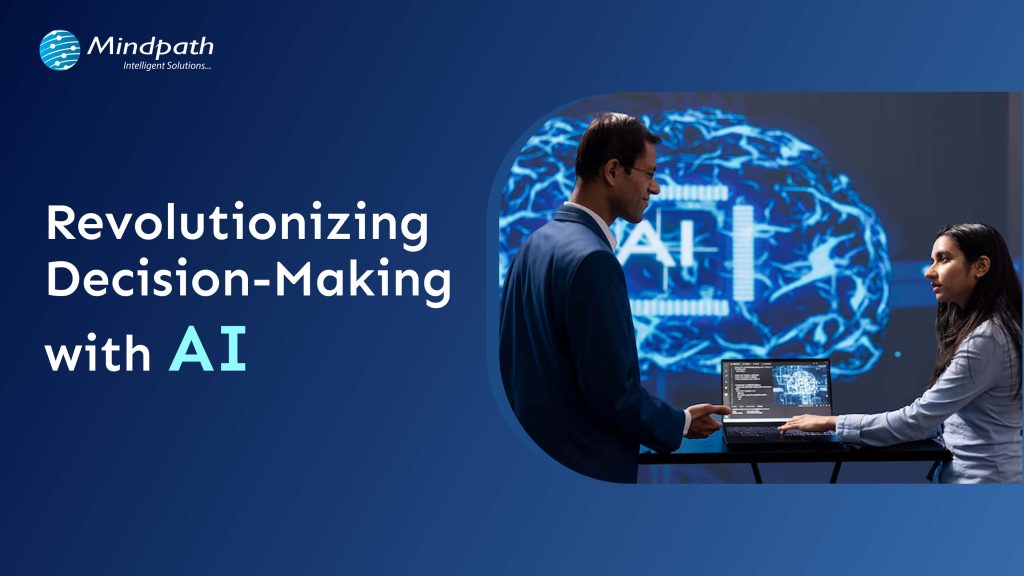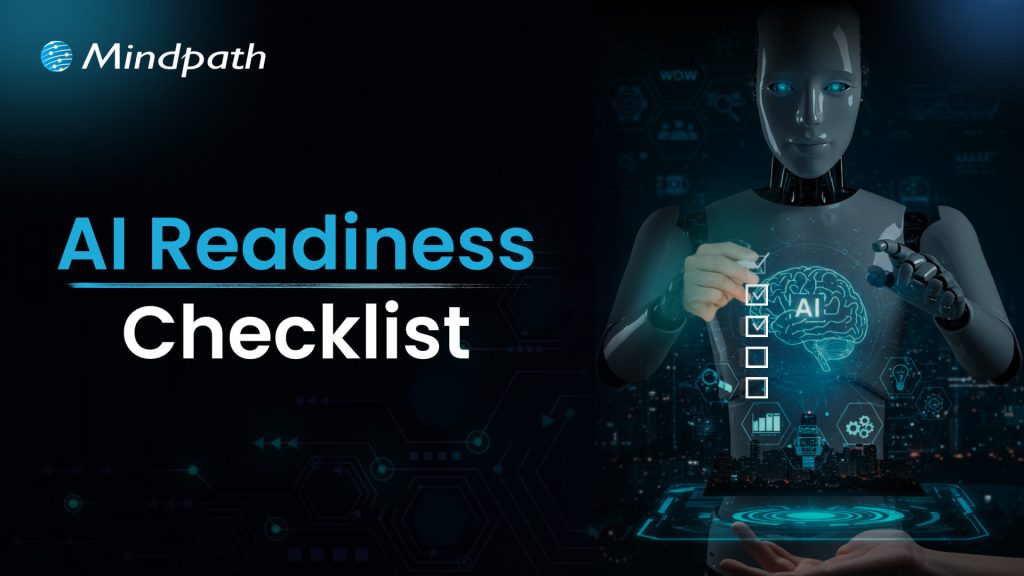Benefits of Education Software Development Services
1. Content Organization and Access
You can keep all your teaching material and course structures in one secure place. Doing this, all the crucial information will be easy to manage, create different courses. Using a cloud-based LMS allows everybody on your team to reach these materials from any device. This becomes useful when groups of people in the same school or other educational settings are working together. Since the team member can log in anytime, the collaboration is time-zone agnostic.2. Monitoring Student Progress
Another feature of educational software is student progress and behavior tracking and reporting. This kind of software provides ample useful information about a student’s performance, achievements, and behavior and thus can personalize information and support to the needs of every student. This information can be used in modifying course content to suit the abilities of students and improve the general learning outcomes. Moreover, the fact that these reports will be sent to students at regular intervals keeps them informed and improves the level of professionalism taken toward your online school.3. Reducing Education Costs
One major benefit of school management ERP systems is that they make learning more effective. Online learning is a great way to reduce costs. By using digital tools, schools can cut down on expenses like rent, taxes, and educational supplies. This method not only saves money but also offers flexibility, allowing students to study at their own pace and from anywhere. Plus, it ensures that learning continues without the need for physical classroom space, making education more accessible and adaptable to individual needs.4. Lower Teacher Workload
The educational software development services reduce the teachers’ workload by automating routine tasks. It simplifies areas like student information, assigning grades to students, checking homework, and other administrative duties. This helps save much time and manual effort for the teachers. It helps one manage parental communications, track student progress, and get materials for classes in order. Then, teachers will be able to make the learning process more dynamic and interactive, thus increasing the quality of education.5. Boost Student Engagement and Performance
Educational software provides more engaging learning experiences for students, thus catering to their diversified interests and needs. Studies of younger classes like preschool and primary school can be followed by the addition of gamification and interactive activities to their curriculum to make them more enthusiastic and motivated. Such is the case with designing activities that include game like features and creative projects in the learning process, which will enhance student engagement and motivation to learn. This new approach will not only capture attention but also enhance performance by making learning a fun and effective experience.Types of Education Software
1. Authoring System
The authoring system is a powerful tool that aids the teacher or designer in creating customized educational software programs and multimedia titles without coding. They make the construction of customized lessons and quizzes very easy. Through an authoring system, the educator can exercise creativity in designing appropriate interactive and engaging learning experiences.2. Graphic Software
Graphic software is a tool that aids you in creating, then editing visual content—diagrams, illustrations, charts. This will be useful in making infographics and presentations for clarifying complex ideas. The tool can be used by teachers and students alike to create engaging materials that grab one’s attention, hence changing learning into something more interesting.3. Reference Software
Reference software helps a teacher and student by giving quick references for the resources like thesauruses, encyclopedias, atlases, and dictionaries required to complete projects. This software helps students in sourcing and applying a whole lot of information such that they can understand topics well and study accordingly.4. Tutorial Software
Tutorial software is a computer-based tool that helps one learn through customized lessons. It provides the teacher with a chance to introduce new topics to the learners while allowing the students to learn through the whole process at their pace. It provides learners with new information accompanied by a lot of practice and quizzes that ensure learners have grasped the concept accordingly.5. Special Needs Software
Special needs software is designed to give students with various learning needs the appropriate tools and features. It often interoperates with assistive technologies such as speech synthesizers and text-to-speech, which make lessons more accessible and easier to understand. This software creates an enabling learning environment where all students are given equal opportunities for success.How Mindpath Can Help You Build E-Learning Solutions
Mindpath excels in developing customized e-learning solutions for your needs. From designing and developing online courses, creating engaging interactive learning materials, and user-friendly platforms, our crew will work with you on the content to ensure its engaging and effective. We use only the latest technology to do so, making learning accessible and fun. Be it developing from scratch or upgrading existing courses, Mindpath will help you at every step through experts to make your e-learning project a success. We emphasize course usability and ease of understanding, with loads of features that make learning fun and interesting. We provide ongoing support and updates to keep your e-Learning solutions up-to-date and effective.Curious about how we can transform your e-learning vision into reality?
Discover the possibilities with Mindpath and bring your educational goals to life.
Conclusion
Educational software development services are creating an impact in changing the learning-teaching process of students and educators in today’s digital world. Such solutions help make the learning environment more dynamic and approachable by adding to these software features such as content organization, progress tracking of the students, and cost reduction. Additional tools, including authoring systems, graphic software, and special needs software, make education inclusive and interactive for every kind of student. Using advanced technologies and individual learning experiences, it aids the school or teacher in the effective management of the diversified needs of its students while reducing administrative burdens.
Whether you’re just getting started or seeking ways to enhance existing content for success, Mindpath offers the expertise and technology for any e-learning project. Our team can help guide you through each level of the process—from initial design to ongoing support and updates.
What are you waiting for? Contact Mindpath today and let’s revolutionize your educational approach!
Looking for an Education Software Developer for your next project?












